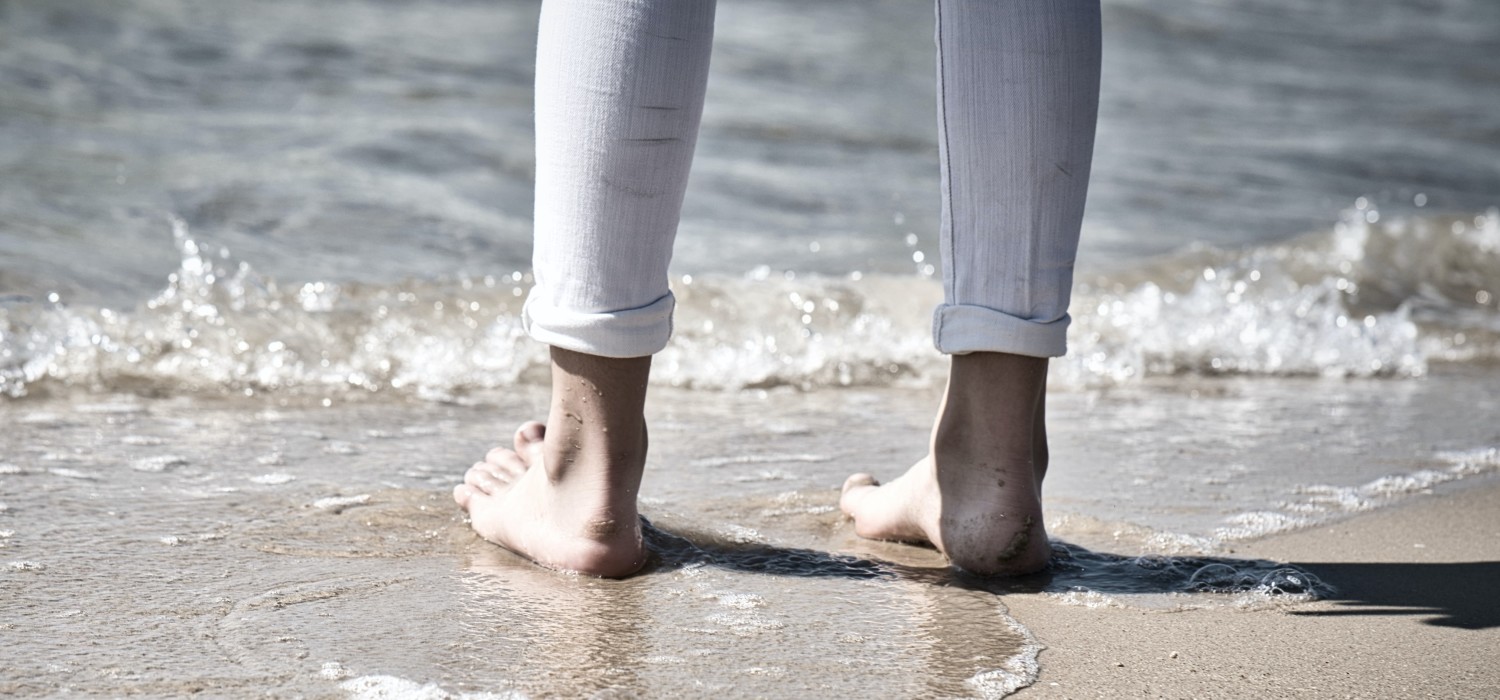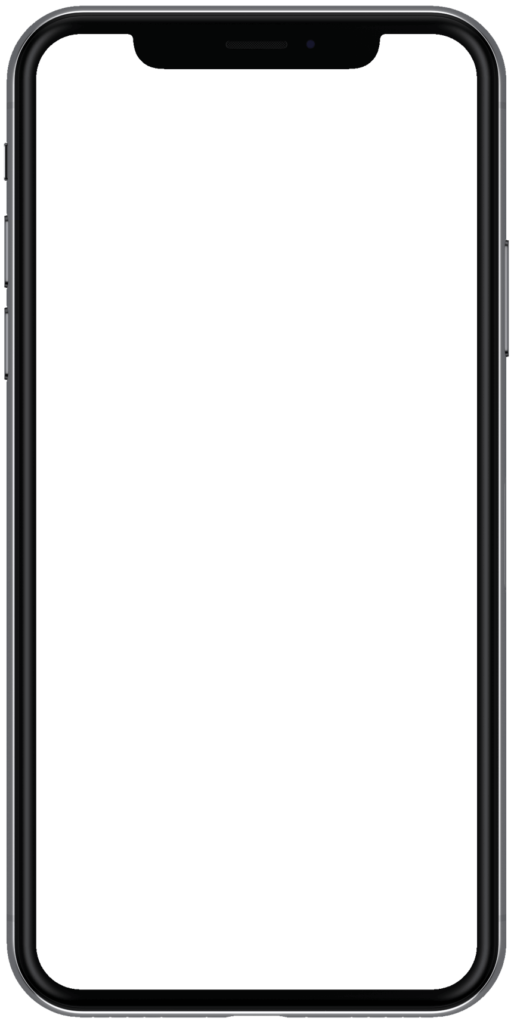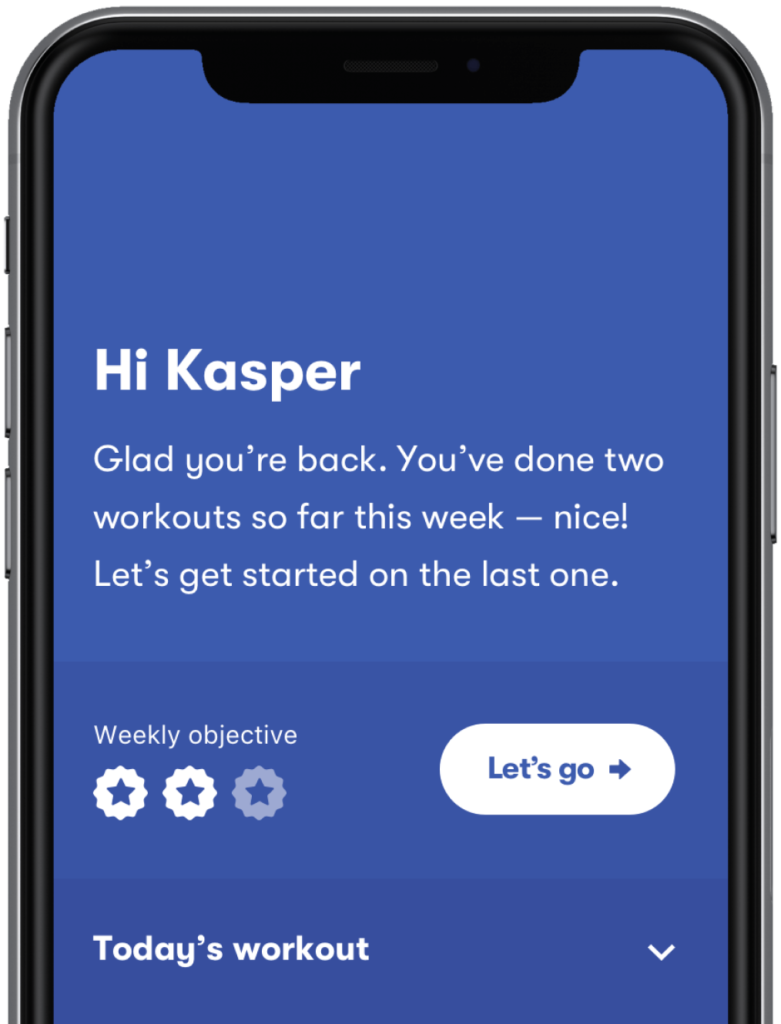Retrocalcaneal bursitis is a medical condition that causes heel pain. It can be a debilitating problem, making it difficult for you to walk and go about your day-to-day activities. You may have severe pain and swelling in the heel. Your heel might feel tender to touch. Some types of shoes may become difficult to wear.
But you don’t have to live with retrocalcaneal bursitis. We’re here to help you deal with it through this informative guide.
Heel pain is more common than you might think. Not surprisingly, it affects runners and ballet dancers, but it is also present in about 10 percent of the general population. About one-third of elderly people above the age of 65 have heel pain.
One of the causes of heel pain is retrocalcaneal bursitis. This is a treatable condition that can be managed and resolved with exercise. Other treatment options are also available.
At Injurymap, we understand how uncomfortable retrocalcaneal bursitis can be. We are committed to helping you live pain-free through this comprehensive guide.
What is retrocalcaneal bursitis?
It sounds like a mouthful, so let’s break down the term retrocalcaneal bursitis. First, some definitions. Calcaneus is the medical name for the heel bone. It is a large bone that forms the back of the foot. A bursa is a sac of fluid that provides lubrication, reduces friction, and facilitates movement between different surfaces in the body.
There are many bursas present in the body, usually near large joints. Repeated or excessive use of a joint can cause a bursa to become inflamed and irritated.
The retrocalcaneal bursa is, as the name suggests, a bursa located behind the calcaneus bone. It provides cushioning between the calcaneus bone and the Achilles tendon (the thick heel cord you can feel at the back of your foot).
Finally, any medical term ending in -itis denotes inflammation. Retrocalcaneal bursitis is an inflammation of the bursa behind the calcaneus bone in the heel of the foot.
Other treatment options for retrocalcaneal bursitis
Taping
Your physical therapist may suggest taping the heel area to help with retrocalcaneal bursitis. This provides stabilization and decompresses the area of pain. The taping, which is placed over the back of the heel, can be worn for 5-7 days for relief of symptoms.6
Medications
Pain and other symptoms associated with retrocalcaneal bursitis can be managed with medications, typically oral non-steroidal anti-inflammatory drugs, called NSAIDs for short. You probably know these drugs as commonly prescribed painkillers, such as ibuprofen and naproxen. They are used in conjunction with an exercise rehab program to provide relief from symptoms of retrocalcaneal bursitis. Topical NSAIDs, such as a diclofenac cream or ointment, may sometimes be prescribed to provide relief in the local area of pain in the heel.5
Corticosteroid Injections
Corticosteroid and anesthetic injection into the retrocalcaneal bursa may be considered with x-ray or ultrasound guidance13,14. This has been shown to reduce pain by 50 percent in approximately 7 out of 10 patients.7
However, steroid injections to control pain and inflammation due to retrocalcaneal bursitis should generally only be performed, when there is no Achilles lesion in conjunction. This is because the steroid injected into the retrocalcaneal bursa can spread to the adjacent Achilles tendon and lead to a further weakening of this tendon and a potential rupture.8
Shoes and footwear
Changing your footwear may be an important component of managing retrocalcaneal bursitis. You should consider wearing open-backed footwear for some time as this will relieve pressure on the heel. Sometimes, retrocalcaneal bursitis symptoms develop when you suddenly switch from high heels to flat shoes or vice versa. It may be a good idea to wear a medium heel temporarily to relieve symptoms.
Athletes should purchase well-fitting shoes regularly because the support and fit can change over time, especially with heavy use. Your physiotherapist may suggest inserting a heel cup to keep the inflamed heel from touching the back of your shoe.
It’s worth noting that studies have found orthotic shoe inserts (insoles or heel inserts) are not particularly effective in preventing overuse injuries.5 Most people do not need special orthotics in any case and should simply wear supportive, comfortable shoes.
Surgery
Surgical interventions are rarely performed for retrocalcaneal bursitis. However, surgery may be necessary for people who have persistent or progressive symptoms that do not get better with nonsurgical treatments such as rest/icing, rehab exercises, and change in footwear5.
Surgical procedures done to relieve symptoms
- Excision (removal) of the painful bursa
- Endoscopic removal of the inflamed bursa (this is a minimally invasive procedure performed by inserting a long, thin tube called an endoscope into the heel)
- Resection (removal) of a Haglund deformity, which is a bony prominence in the calcaneal area
- Repair of Achilles tendon rupture
If you have retrocalcaneal bursitis that has not responded to conservative treatments such as icing and rehab exercises, you may need to see an orthopedic surgeon with experience in foot and ankle conditions. The orthopedic surgeon will be able to tell you if you could benefit from surgical treatments for retrocalcaneal bursitis.
How can I prevent retrocalcaneal bursitis from recurring?
Always wear properly fitting footwear that does not place stress on the heel, as this can lead to inflammation of the bursa. Avoid wearing high-heeled shoes and footwear that hugs the back of the heel too tightly. Change your athletic shoes regularly (depending on how much you use them).5
Always warm-up and stretch well before you begin a workout to reduce the chances of a recurrence. When starting a new exercise regimen, ease into it gently rather than suddenly diving into a very intense program.1 The Injurymap app will show you the proper form and technique for heel exercises. Use the app regularly to maintain good flexibility and develop strength in your ankle joint to help prevent retrocalcaneal bursitis.
Heal That Pain…
Heel pain is preventable and treatable and there’s no reason for you to suffer. Don’t ignore your symptoms, as they can sometimes become chronic (longstanding) and progressive, resulting in limping and decreased functionality. At Injurymap, we have a range of exercises and stretches that will keep your ankle joint and heel flexible, injury-free, and pain-free. While we’ve listed some of the best rehab exercises for heel pain here, the Injurymap app has hundreds of exercises for every muscle and joint in the body.
It’s a good idea to start slowly and gradually increase your reps and resistance. Our exercises have been developed by experts and the app creates a custom made program for you that gradually increases the difficulty of your exercises. If you have any questions about the heel pain exercises or any other exercises in the Injurymap app, do not hesitate to contact us. You can start with the sample program and see how it goes.
We understand heel pain can be difficult to live with, but it doesn’t have to be that way. Our goal at Injurymap is to make physical therapy accessible to you in your home as the mainstay of treatment for heel pain due to retrocalcaneal bursitis.
References


